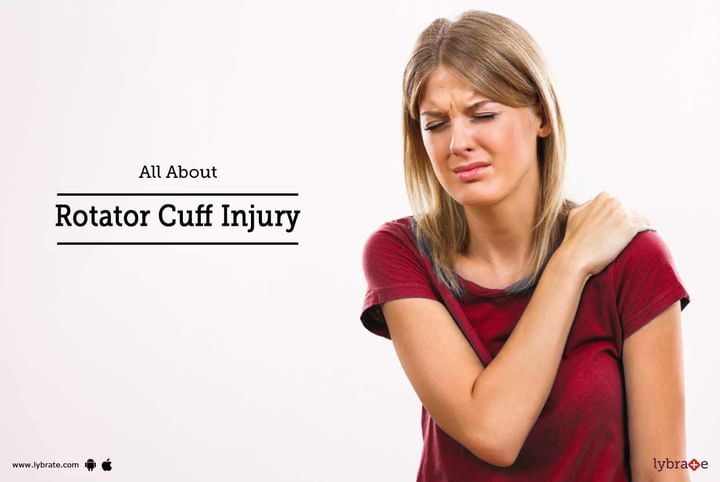All About Rotator Cuff Injury
A group of tendons and muscles that surround the shoulder joint are known as rotator cuff muscles. These muscles allow the tip of the upper arm to be fixated on the shoulder socket. Rotator cuff injuries tend to occur if you perform repetitive movements overhead with professional such as carpenters, tennis players and painters are at the highest risk of this injury.
The muscles that constitute the rotator cuff are:
- Teres minor
- Infraspinatus
- Supraspinatus
- Subscapularis
The primary function of the muscles mentioned above is to work together in stabilizing the shoulder joint. A rotator cuff injury leads to problems in these muscles and may lead to impaired functioning of the shoulder.
The symptoms of rotator cuff injury are:
- You may experience pain when you move your shoulder
- An inability to lift your arm overhead
- You may hear clicking sounds while moving your shoulder
- You may face difficulties in performing activities such as swimming and painting
Causes:
Rotator cuff injury may result from the following causes
- Calcific tendonitis: This condition is characterized by accumulation of calcium in the rotator cuff tendon. It results in stressing the tendon which causes you to experience pain.
- Rotator cuff tears: Tears may occur in the rotator cuff muscles that may be complete or partial in nature. Lifting heavy weights while doing shoulder exercises may cause these tears.
- Subacromial impingement: Any activity that requires you to lift your arm up causes the humeral head (arm bone head) to be pushed down below the rotator cuff. If the humeral head is not in its position, then it may result in pain.
Treatment:
This condition is treated by using various methods, such as medications and physiotherapy. NSAIDs are prescribed to treat the pain along with various physiotherapeutic exercises to strengthen the joints. In severe cases, surgery may be required to fix the injury. It is recommended to balance the shoulder muscle strength by focusing on exercises that work the rotator cuff. Any external rotation movement helps in strengthening the rotator cuff.



+1.svg)
